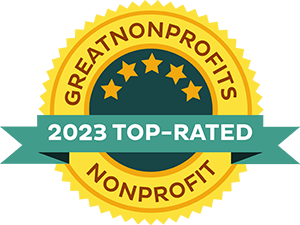By Elda Pineda, Chief Program Officer
1. Data is good. Data + Passion is better.
Confluence opened with a Joint Committee on the Arts (chaired by Senator Ben Allen-District 26) hearing on the results of the 2014 Otis Report on the Creative Economy of California. The report’s message is that the arts play a vital role in California’s economy. Witnesses from the public, private and nonprofit sectors testified and spoke eloquently about the fact that without support for the arts and arts education, the talent pool in California will likely diminish. We were there to talk about the hard data and the economic benefits of the creative industries, but nearly every witness, from designers to engineers, spoke passionately about the ways they were profoundly affected by their own experiences in the arts. The Committee responded in kind, often sharing their own arts experiences.
2. Sure! But…
The Los Angeles delegation spent the afternoon making office visits to our legislators and advocating for a budget of $10 million for California’s state arts agency, the California Arts Council. While all legislators we visited were receptive to the request, we often heard that the arts cannot rely on state funding alone as it is a highly volatile source of support. We were encouraged to create private-nonprofit partnerships for revenue. Which reminds me, does anyone have a contact at Gatorade/Google/Nike?
3. Family/community trumps economy, every time.
Arts Midwest and the Metropolitan Group surveyed over 2,000 people across the U.S. and found that when it comes to building public will for the arts, people from all ethnicities, social-economic backgrounds, ages and geographic areas value the arts because they provide opportunities to connect with other people, thereby increasing quality of life — and not by just a little bit. Connection and community far outranked all other categories. WHAT!?! People over money! I’m proud of you, America.
4. Sustainability is not a goal!
Okay, so that was a trick title. The whole sentence should be, “Sustainability is not a goal. It’s a state of mind, requiring constant reinvention and flexibility” according to Joel Slayton of ZERO1. Sustainability has become the holy grail for nonprofits, with very little direction on how to actually get there. I think it’s really important for nonprofits and funders to hear that sustainability isn’t a magic wand that fixes all ills. We’re never going to get to stand on a rooftop and shout, “WE HAVE ACHIEVED SUSTAINABILITY. CHECK THAT OFF MY LIST!” Like marriage, ideal body weight, and Lady Gaga, sustainability requires maintenance and the ability to recognize when it’s time to change something.
5. Talk to people in the buffet line.
While I waited for my cheese and tapas, I struck up a conversation with a woman in front of me about how challenging it is for P.S. ARTS to recruit teachers in a particular tiny Central California town since our offices are located hundreds of miles away. As luck would have it, she ran a festival in that little town and knew practically every teaching artist in the area. I’ve initiated partnerships, made appointments with funders, solicited donations and recruited volunteers in buffet lines. They don’t tell you this management school, but the best networking happens while you’re holding an empty plate.



